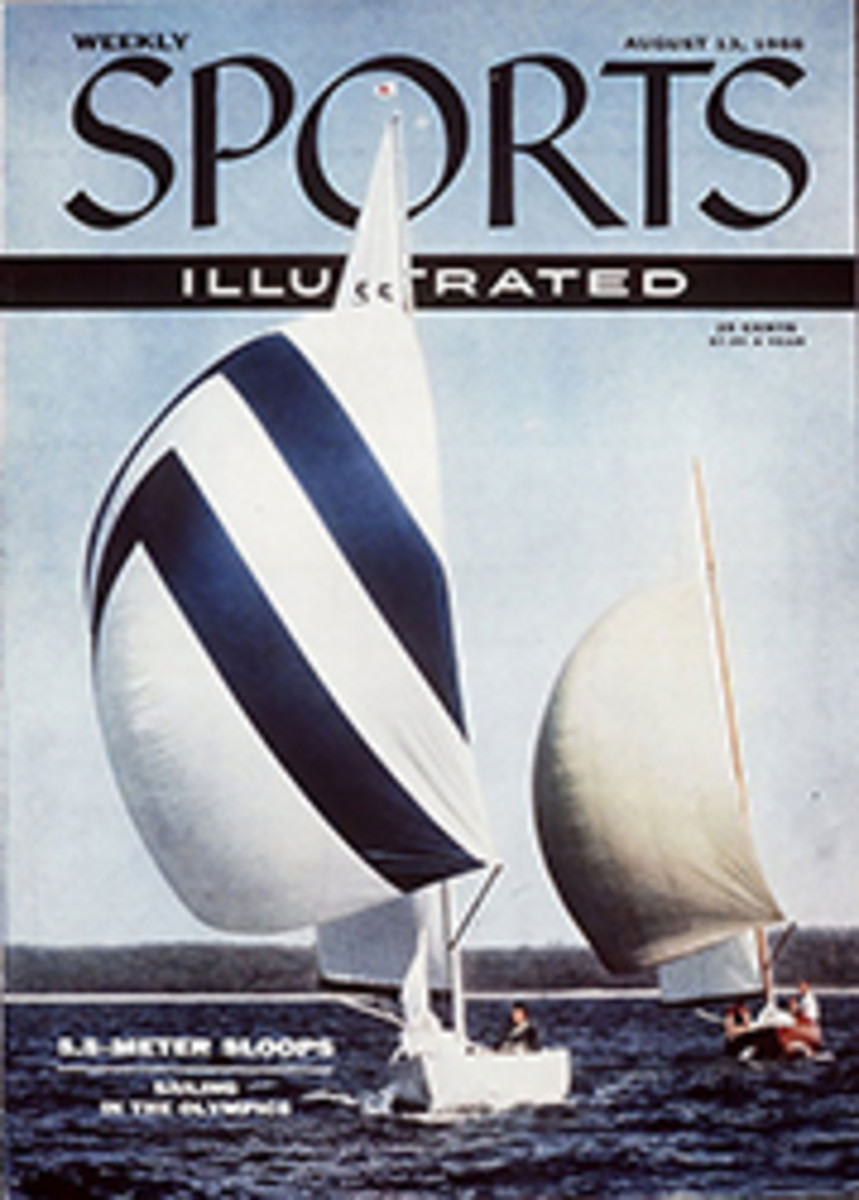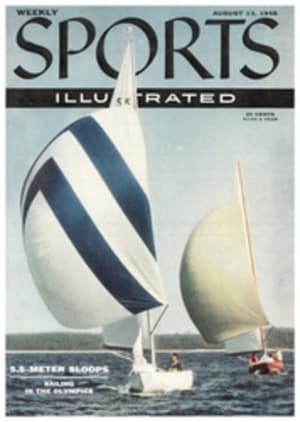
HORSES FOR THE GENERAL
For all his sedateness and all his modesty, he seemed to the townsfolk to love to break fiery colts on the village square with crowds looking on. He had improvised his own technique for the struggle. Whenever the horse suddenly stopped its plungings and reared, pawing at the sky, the little fat boy dug his bare heels into its flanks and hung on. When it reversed its violence, "swallowed its head" and flailed its hind hoofs at the treetops, he gripped its neck with his short arms and burrowed his toes in behind its shoulder blades.
Thus wrote the late Historian Lloyd Lewis describing Ulysses S. Grant at the age of 9 in 1831. This early interest in horses, and skill in handling them, continued for the rest of his life. When young "Lyss" wasn't busy working on his father Jesse's farm in Georgetown, Ohio, he taught neighboring farmers' horses to pace, or amused himself by riding bareback and practicing acrobatic feats on running horses. At 10, when his father added a livery business to the farm and tannery, Ulysses was driving passengers from Georgetown to Cincinnati, some 45 miles distant. There was no team he couldn't manage, no horse he couldn't break.
Whenever a circus came to town Lyss was the first to emerge from the audience at the ringmaster's challenge: "Will any boy come forth to ride this pony?" The trick circus ponies, trained to unseat their riders with violent bucks and sudden wheelings, could never throw him. Once a ringmaster put a monkey on the boy's shoulders to disconcert him, but Ulysses, grave-faced and unperturbed, rode it out, and kept the pony in hand.
In his memoirs Grant described other childhood pleasures he found time for, despite long hours of work on the farm: "I was compensated [for the farmwork] by the fact that there was...no objection to rational enjoyments, such as fishing, going to the creek a mile away to swim in summer, taking a horse and visiting my grandparents in the adjoining county, 15 miles off, skating on the ice in winter, or taking a horse and sleigh when there was snow on the ground."
Later, when Grant was 17 and a cadet at West Point, his passion for horses persisted and he never lost his superb ability to handle them. The academy in those days had no organized sports; fencing and riding were about the only recreation. From the start Grant was the outstanding horseman of the entire corps, so accomplished that even the riding master was no match for him. "It was as good as a circus to see Grant ride," a fellow cadet later recalled. "There was a dark bay horse that was so fractious that it was about to be condemned. Grant selected it for his horse. He bridled, mounted and rode it every day...and how he did ride! He handled the refractory creature as a giant would a child. The whole class would stand around admiring his wonderful command of the beast...."
Grant was long remembered at West Point for the leap he made at the graduation exercises of the senior class. "The riding master placed a leaping bar higher than a man's head and called out 'Cadet Grant,' " wrote General James B. Fry. "A clean-faced, slender, blue-eyed young fellow, weighing about 120 pounds, dashed from the ranks on a powerfully-built chestnut sorrel horse and galloped down the opposite side of the hall. As he...came into the stretch...the horse increased his pace and, measuring his stride for the great leap before him, bounded into the air and cleared the bar, carrying his rider as if man and beast had been welded together. The spectators were breathless." (Grant set the academy high-jump record which endured for some 25 years, but the exact height of the bar is questionable. One biography puts it at 5 feet 6 inches, another at over 6 feet.)
A daring ride Lieutenant Grant made at the battle of Monterey during the Mexican War again brought him distinction as a horseman. Clinging to the side of his horse, he galloped through heavy fire to reach an ammunition wagon for a fresh supply. The feat made him a hero.
After the Mexican War, when he was stationed at various posts and barely-subsisting on his small salary, Grant always managed to own good trotters. One of his favorites was a little black mare he bought for $250 from Jim Cicotte, a Democratic politician in Detroit where Grant was stationed in 1849. Whirling behind her in a cutter or buggy, he was a frequent sensation in the streets of the city. She was good enough to win a few races for him, much to his delight.
The driving of fast-stepping horses continued to be Grant's chief relaxation after the Civil War when he lived in Washington as General of the Army and later as President. Like Jackson before him (SI, July 16), Grant rebuilt the White House stables, and during his two terms (1869-77) they sheltered more horses than they ever had before. He had his choice of more than a dozen fine horses to drive. One day, as he sped along M Street, he was arrested for fast driving. The officer, one of Washington's new Negro policemen, nearly collapsed when he saw who his prisoner was, but Grant was more amused than angered. "Officer, do your duty," he smiled and walked home while the policeman brought the horse and rig to the station house.
Another form of recreation Grant found at the White House was the ball games played by youngsters on the grounds behind the executive mansion. Often Grant would stroll over to the diamond and watch the game. Sometimes he would act as umpire or take a turn at bat.
When his tenure in the White House was over Grant lived in New York, and Harlem Lane (now St. Nicholas Avenue) became his favorite ground for driving fast trotters. Except for the last years, when he was confined by cancer, Grant was seldom away from horses, the animals that he loved and handled so well.
ILLUSTRATION
PHOTO
WEST POINT CADET GRANT PAINTED THIS WATER COLOR IN 1842
PHOTO
IN NEW YORK FORMER PRESIDENT GRANT DISPLAYS HIS GREAT TALENT FOR DRIVING TROTTERS TO ROBERT BONNER, A FAMOUS TURFMAN

